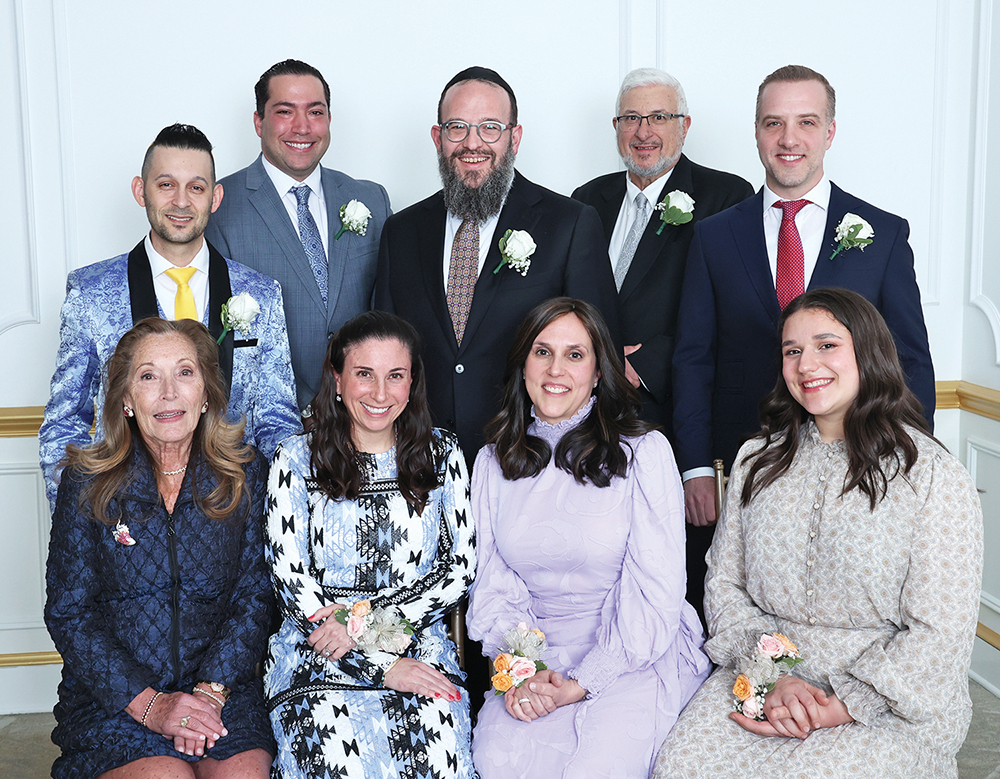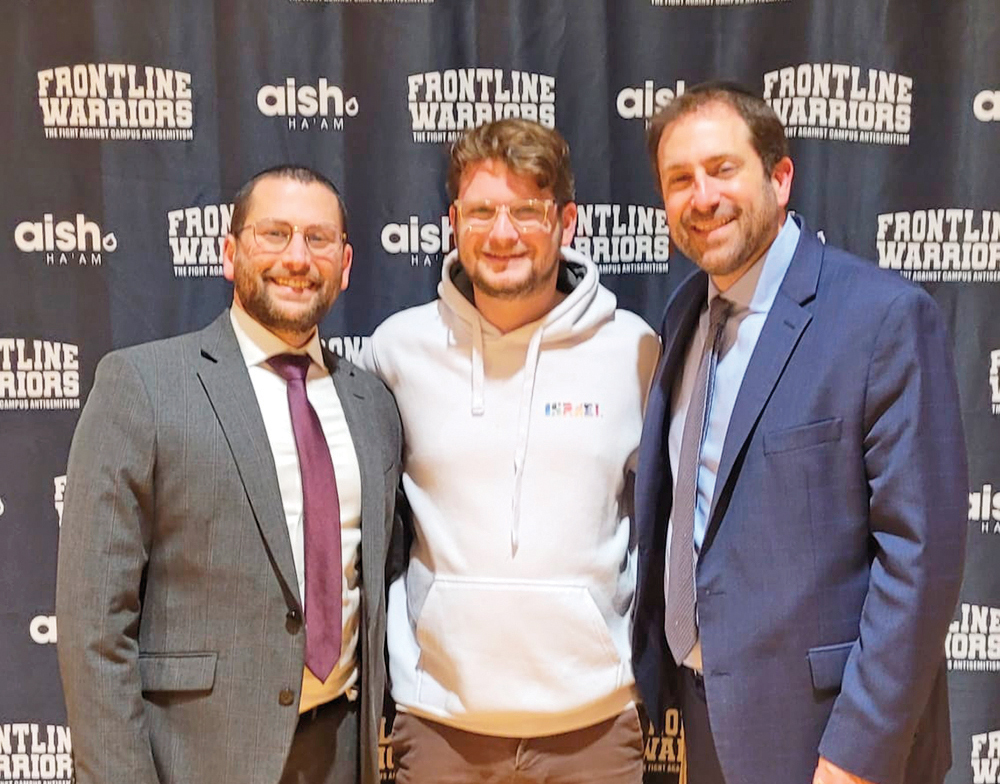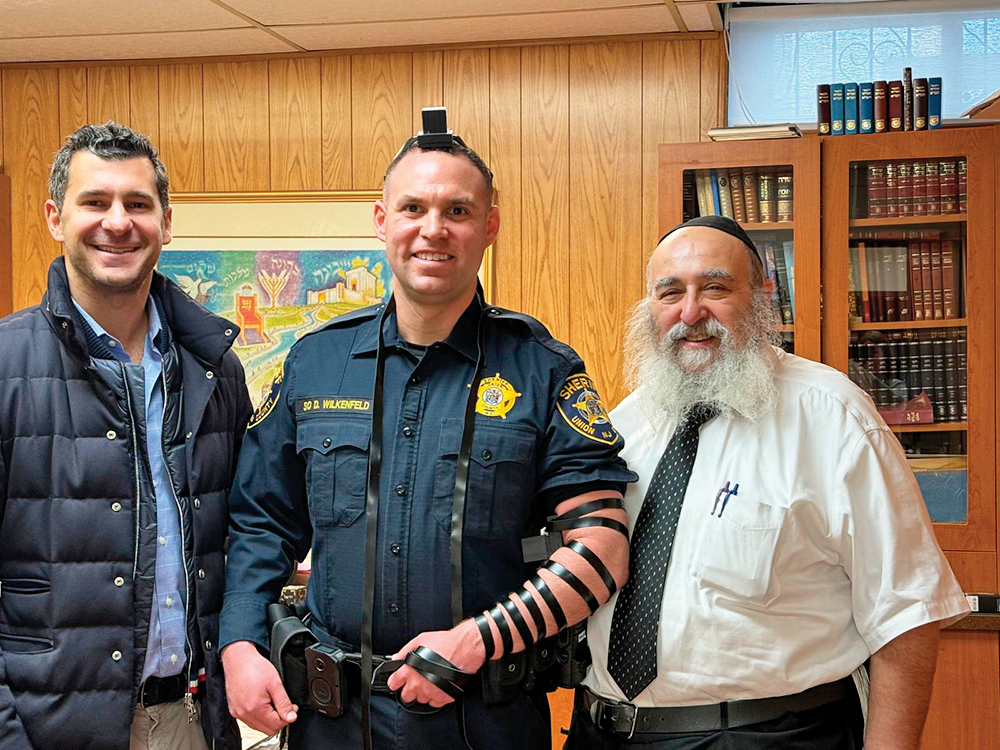
Reviewing: “The Shofar: Halachos, Minhagim, and Mesorah” by Bentzion Ettlinger. Mosaica Press. 2022. English. Hardcover. 269 pages. ISBN-13: 978-1957579344.
The first halacha about Pesach in Shulchan Aruch introduces the idea of shloshim yom kodem ha’chag — that 30 days before the festival, one should review the laws of Pesach. This is primarily due to the depth, breadth and complexity of the myriad laws around Pesach.
While one may think that blowing a shofar is a relatively easy task and just takes a good set of lungs, in “The Shofar: Halachos, Minhagim and Mesorah” (Mosaica Press), author Bentzion Ettlinger puts that notion to rest. Full disclosure: the author is my brother-in-law. Moreover, as the ba’al tokeia for four decades at K’hal Adath Jeshurun (aka Breuer’s) of Washington Heights, Ettlinger shows that not only is a master of blowing the shofar, but an encyclopedic resource for everything about it.
 The book opens with the observation from Rav Naphtali Hirsch Treyvish, a 16th-century kabbalist from Frankfurt, and author of Mala Ha’aretz Deah, that the art of blowing the shofar is a chochma, a knowledge-based skill, not a physical task. Due to that, Rav Naphtali Hirsch writes that every tokeia (shofar blower) should review and familiarize himself for 30 days to ensure that his shofar blowing will be done correctly.Ettlinger goes through all of the different shofar sounds and details the various different requirements and specifications. The number of different opinions that he quotes can leave the reader in doubt if they would ever be able to possibly get all of the 100 shofar blasts right. Nevertheless, those fears can be partially assuaged by the opinion of Rav Hai Gaon, who says that, in fact, every opinion is kosher. As he equates the shofar blows to crying and that everyone cries differently.
The book opens with the observation from Rav Naphtali Hirsch Treyvish, a 16th-century kabbalist from Frankfurt, and author of Mala Ha’aretz Deah, that the art of blowing the shofar is a chochma, a knowledge-based skill, not a physical task. Due to that, Rav Naphtali Hirsch writes that every tokeia (shofar blower) should review and familiarize himself for 30 days to ensure that his shofar blowing will be done correctly.Ettlinger goes through all of the different shofar sounds and details the various different requirements and specifications. The number of different opinions that he quotes can leave the reader in doubt if they would ever be able to possibly get all of the 100 shofar blasts right. Nevertheless, those fears can be partially assuaged by the opinion of Rav Hai Gaon, who says that, in fact, every opinion is kosher. As he equates the shofar blows to crying and that everyone cries differently.
Rav Hai Gaon’s opinion made it to the pages of the Shulchan Aruch, where it notes that all kolos (shofar sounds) are kosher. Obviously, there are limits to that, in that the sounds must have a basis in the core shofar sounds (tekiya, shavarim and teruah, etc.). Someone blasting “Take Me Out to the Ball Game” during the Rosh Hashanah service would certainly not be putting out a kosher shofar blast.
Ettlinger served for many years as a shamash to HaRav Shimon Schwab, and the book provides numerous insights from Rav Schwab — both halachic and those of human nature. A tokeia once blew an extremely long tekiah gedolah before Rav Schwab, which perhaps may have had a bit of unneeded exuberance. Feeling the tokeia was using the position to show off his capabilities, Rav Schwab called this the amud yetzer hara — when people use the amud or other things are done in front of the congregation, as a platform to show off.
On one side, fulfilling the mitzvah of hearing the shofar is seemingly straightforward: Go to shul and listen. While that is true for the congregation, there are myriad details for the tokeia. This brilliant guide contains everything the tokeia needs to know to ensure their sacred task is done in the correct manner.
Blowing the shofar is a formidable task to perform perfectly. Rosh Hashanah, in general, and shofar specifically, is not something someone just wants to get by with. The goal is to do it in the best and most pristine way. For those that care about doing it in that manner, “The Shofar” can be their essential guide.
Ben Rothke lives in New Jersey and works in the information security field. He reviews books on religion, technology and science. @benrothke













